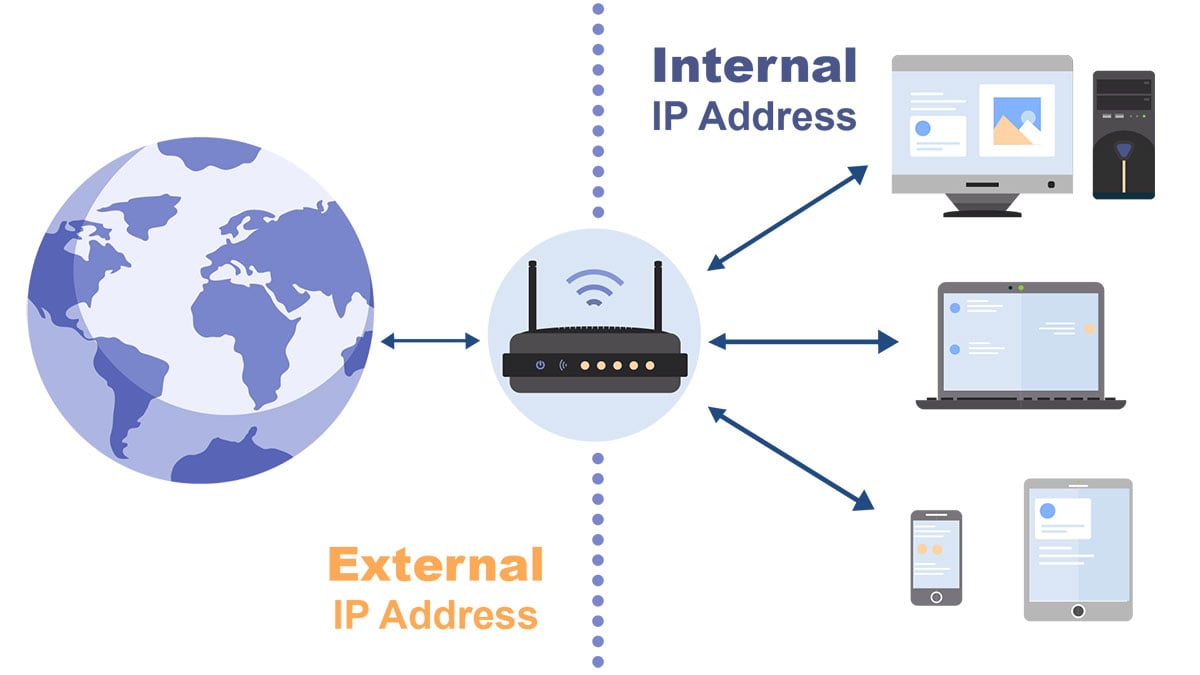
What are public IP addresses, private IP addresses and reserved IP addresses?
What’s a reserved IP address?What’s a private

What is reverse DNS of an IP address?
What is reverse DNS of an IP address? DNS is the acronym for Domain Name System.
- 2023-01-09 10:58:58
- Instruction

What is the use of IP address locating?
The main function of the IP address location is to query the IP address
 IP
IP



